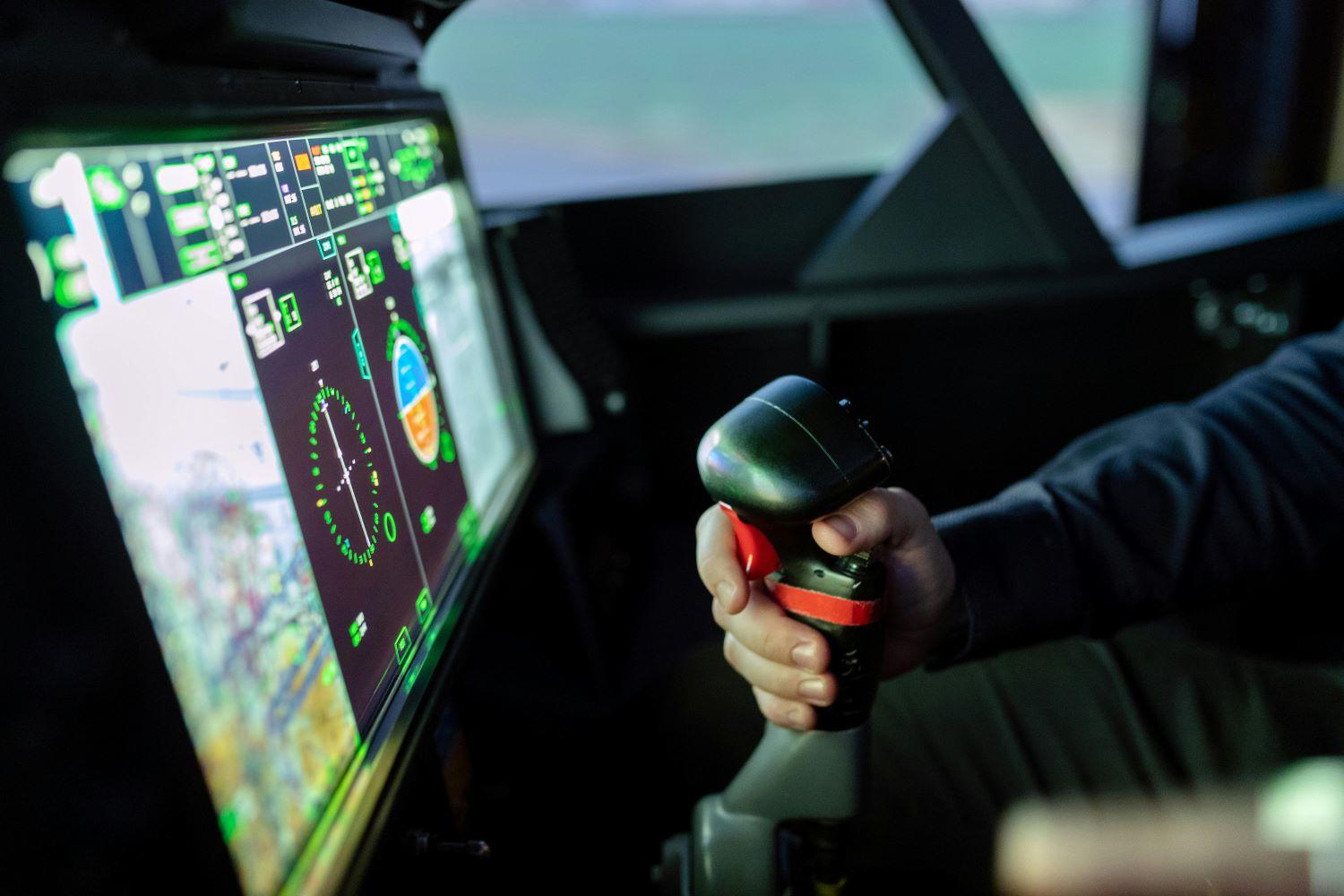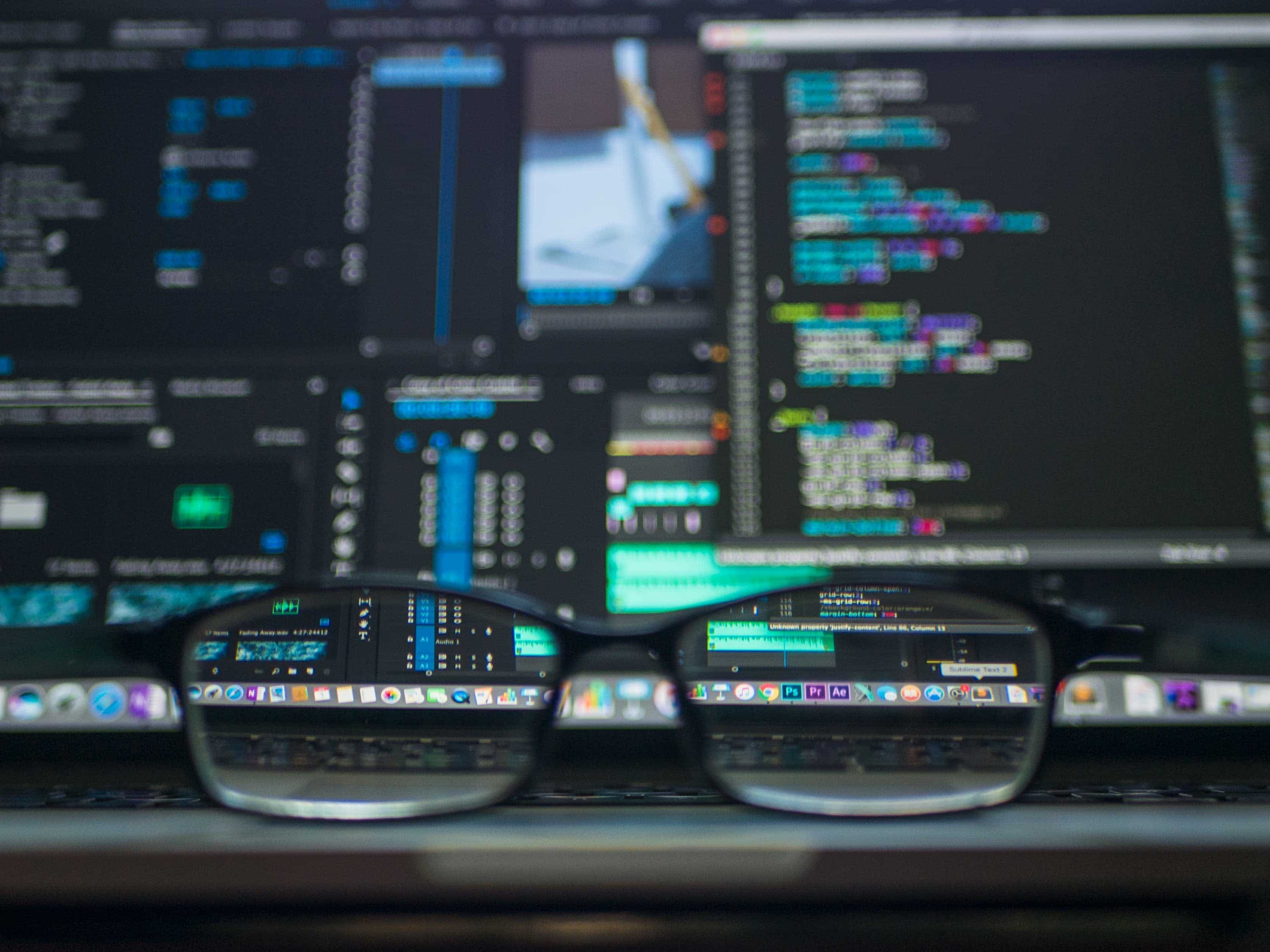In the age of artificial intelligence and robotics, robotic programming has become an area of exponential growth. But what exactly is robotics? Robotics is a branch of engineering that designs and develops robots. These devices perform operations or jobs, usually in place of human labor.
The main objective of Robotics is the construction of intelligent machines that are capable of perceiving and even modeling the state of the dynamic environment in which they operate and that act based on this information. Although we may think that all this has been taken out of a science fiction movie, the truth is that we apply robotics daily. Examples of robotics used daily are drones, automatic coffee machines, and automatic hoovers.
Do you want to learn how to program robots? Very easy! Python, one of the most popular and versatile programming languages, is a powerful tool for developing automated solutions, thanks to its simplicity and wide range of libraries and resources. These features make it an ideal choice for beginners in robot programming, as it allows for quick adoption and an intuitive approach.
Let's explore all the advantages of using Python and become a pro in robotics! Would you like to discover more about Python and machine learning?


Is Python used for robotics?
Robot development and testing are entirely duable in Python. Python is one of the best languages for robotics because it can educate, automate, and process robotics functions efficiently. Specifically, what are some advantages of using Python for robotics programming? Let's find out!
- Easy to learn and use for everyone: The Python programming language is known for its simple syntax and readability, which makes it easy to learn even if you have little experience in robotics. With Python, you can quickly develop and test programs for robotics and computer programming, reducing implementation time.
- Wide range of Python libraries: Python has an extensive collection of libraries for robotics, including web scraping, data processing, and machine learning. These provide tools and functionalities to automate repetitive and time-consuming tasks easily.
- Access to cross-platform support: The term cross-platform language in Python refers to the ability of a software or programming language to run on different devices and operating systems. With Python, we can use the same code running on Windows, Android, Linux, and Mac.
- A scalable programming language: Python is a scalable programming language, meaning that it can expand or contract to meet the changing demands of a robotics project as its needs change.
- Easily integration with other technologies: Python is compatible with many other technologies, making integrating existing systems and applications accessible. This integration allows developers to create tailored automation with multiple tools to meet specific needs.
- Open-source and cost-effective: Python is an open-source language, meaning all Python packages are free to use and edit. In addition, thanks to Python's extensive collection of open-source libraries and modules, you can take advantage of all existing solutions.
- A great, active, and supportive community: Python has a large community of developers who constantly contribute to the growth and development of the language, meaning that you can easily find a wealth of resources, tutorials, and forums to find efficient solutions.
Feeling curious? Discover everything you want about Python and computer games development!
Top 10 Python Libraries Used for Robotics!
Python has a wide range of libraries, built-in tools, and modules for different automation tasks, which you can take advantage of if you want to get started in robotics. These Python libraries for robotics were explicitly designed for a simple, clear, and concise interface to simulate and evaluate concepts such as kinematics, dynamics, trajectory generation, and calibration. Discover the top 10 Python libraries for Robotics:
- Pybotics: Pybotics is an open-source for robot kinematics to study robot movements concerning a reference system and robot calibration to improve robot accuracy. Pybotics was designed to provide a simple, straightforward interface to simulate and evaluate these common robotics concepts quickly.
- iDynTree: iDynTree is a library of robot algorithms for control, estimation, and simulation, which describe the actions to be performed by each element, allowing for training and virtual programming. The library is written in C++ language and supports languages such as Python and MATLAB.
- Robot Framework: Robot Framework is an open-source framework for Acceptance Test Driven Development (ATDD) and Robotic Process Automation (RPA) to evaluate the system's compliance and assess whether it is acceptable for delivery. Robot Framework supports both Python 2 and Python 3 and also runs on Jython (JVM), IronPython (.NET), and PyPy. Plus, you can integrate it with other tools to create automation solutions.
- Pyro: Python Remote Objects, or Pyro, allows you to build applications where objects can communicate with each other with minimal programming effort. It provides features enabling you to build distributed applications quickly and effortlessly.
- DART: DART, also known as Dynamic Animation and Robotics Toolkit, is a collaborative, open-source library that provides algorithms for kinematic and dynamic applications in robotics, which is distinguished by its accuracy and stability because it uses generalized coordinates.
Explore Python's real-world applications in Canada!

- PyRobot: PyRobot is another Python library for benchmarking and running experiments in robot learning. PyRobot can be used to handle applications that do not provide an API (Application Programming Interface) or any way to hook into them programmatically. This library is an excellent option as it will allow you to run robots without delving into the robot-specific software.
- PyDy: Python Dynamics, also known as PyDy, is a set of Python programming tools used to perform visualization, model specification, simulation, and benchmarking tasks, among many others.
- Simulation Open Framework Architecture: Simulation Open Framework Architecture, or SOFA, is an open-source library dedicated to researching, prototyping, and developing real-time physics-based simulations. SOFA allows the creation of complex simulations by combining algorithms and synthesizing complex models using a graphical scene description.
- Klamp’t: Kris' Locomotion and Manipulation Planning Toolbox, also known as Klamp't, is an open-source, cross-platform software package for robot modeling, simulation, planning, optimization, and visualization. It offers many accessible programming tools for robotics learning, robot analysis, algorithm development, and intelligent behavior prototyping.
- Siconos: Siconos is an open-source software package primarily aimed at modeling and simulating dynamic systems. Siconos is written in C++ and Python.
Learn more about becoming a master of data science with Superprof!

What is the best way to learn Python robotics programming?
Discover the best strategies and resources to master Python in the context of robotics programming, starting from the most general concepts. Are you ready to get started?
Python Introduction: By reviewing the basics of Python robotics, you can apply your knowledge to robot programming before you realize it. But first, you will need to understand more about Python essentials:
- Python for Robotics
- How to create Python Variables
- How to operate with Python Variables
- <IF> <ElSE> Statements
- <FOR> <WHILE> Loops
Python Functions: Understand Python and the block of functions it offers for robotics:
- How to define a Python Function
- How to call a Python Function
- How to use parameters in Functions
Python Classes and OOP: Python supports object-oriented programming (OOP) through classes you can define with the class keyword. A class is a code specifying the data and behavior representing and modeling a particular object type.
- Introduction to Object-Oriented Programming (OOP)
- How to use Classes in your Python programs.
Python is also great with building websites. Accomplish everything you want with Python and web development!

Superprof: The best way to learn Python for Robotics!
Robotics is the branch of mechanical, electrical, electronic, biomedical, and computer science that deals with robot design, construction, operation, structure, manufacture, and application. Robotics will continue to evolve and transform industries massively, so learning Python skills could lead to attractive job opportunities in Robotics and Artificial Intelligence.
The demand for intelligent solutions to real-world challenges requires professionals trained in robotics, making it one of the highest-paying and most attractive professions in tech. Upgrade your machine-learning skills with Python with Superprof!
Superprof is a top tutoring platform worldwide, where you can find excellent instruction in 1,000+ subjects and Python for robotics. Upgrade your Python skills with Canada's best private tutoring and Python experts!
- Go to our Superprof to find the best Python private tutoring for robotics!
- Type you want to learn "Python."
- Enter your location for face-to-face instruction, or click on "Online tutoring" for remote learning.
- Discover all the private tutors near you and choose your favorite.
- And last but not least, book a class!
Discover the best Python tutoring for robotics with just a click and master Python everywhere in Canada! There are lots of qualified Python tutors across the country and you can easily find them by searching for "Python training Toronto" or in another city.
Wrap up!
Understanding robotics programming has become essential in artificial intelligence and robotics. If you aspire to program robots, Python, a programming language famous for its simplicity and extensive libraries (such as Pybotics, iDynTree, Robot Framework, etc.), is an ideal choice.
Improve your robotics skills with the expertise of Superprof, a leading tutoring platform offering expert guidance in Python for robotics in Canada. Discover the vast potential of Python in shaping the future of robotics and artificial intelligence, positioning yourself for lucrative opportunities in this rapidly evolving field! Ready to get started? Visit Superprof to meet the best Python tutor online or anywhere in Canada!















